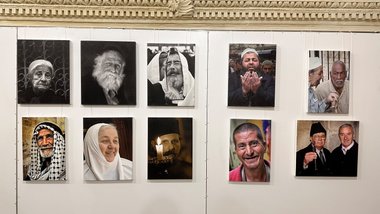Religious map of Belarus and Church denominations' response to protests
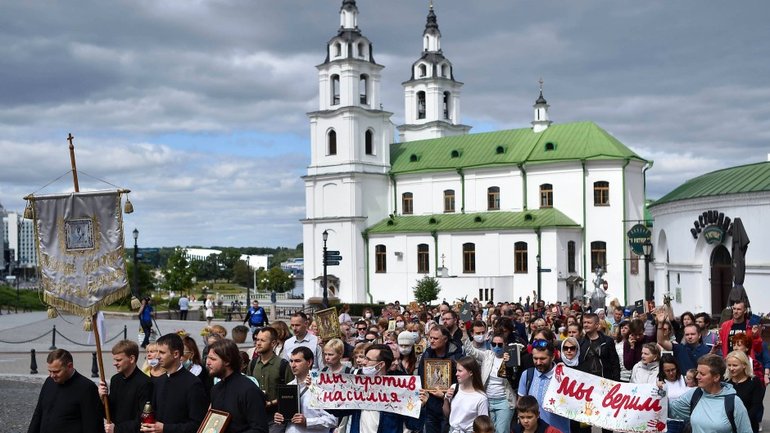
Belarus, which was considered a reserve of the Soviets and the Soviet Union frozen still, where the chief virtues were stability and the absence of sudden movements, today does not disappear from the pages of the world press. The attention of the whole world in the first half of August 2020 is focused on the turbulent Belarusian cities. Ukrainians increasingly compare the protests of their neighbors to their own Revolution of Dignity and expect some model steps from Belarusians. However, the developments in the two neighboring countries differ due to different situation contexts, different experiences, and different starting conditions. In this article, we will examine the religious dimension of the protest, the positions of various churches, and analyze the interfaith situation in Belarus.
Religious Landscape
The confessional background of Belarus differs from that of Ukraine, although they have some similar and related features. First, our neighbors are more atheistic than we are. Belarus has a strong nostalgia for the USSR, and this is reflected in the religious sector. The process of desecularization and spiritual rebirth in the 90s was developing much slower and reached a lesser scale than in Ukraine, Russia or Moldova. From the few opinion polls that are rarely conducted in Belarus, we have learnt that about 60% of citizens consider themselves believers, which is a rather low figure compared to Ukraine. At the same time, the share of those who belong to one of the faiths is almost 95%. In other words, some people do not believe in God but consider themselves to belong to one of the churches. It means that confessional affiliation indicates not so much spirituality or religiosity as cultural and/or political identity.
The main religious groups in Belarus are Orthodox, Roman Catholics, Pentecostals and Baptists. According to the number of registered communities, the interface balance is as follows: Orthodox-1567 (49%), Pentecostals – 512 (16%), Roman Catholics-479 (15%), Baptists – 286 (9%), Adventists – 73 (2%), Charismatics – 55 (2%) and other religious minorities, which include old believers, Greek Catholics, Lutherans, Jehovah's Witnesses, Jews and Sunni Muslims. The latter are migrants from other republics of the former Soviet Union and the local Belarusian Tatars. They reside in the borderlands of the Minsk and Grodno regions.
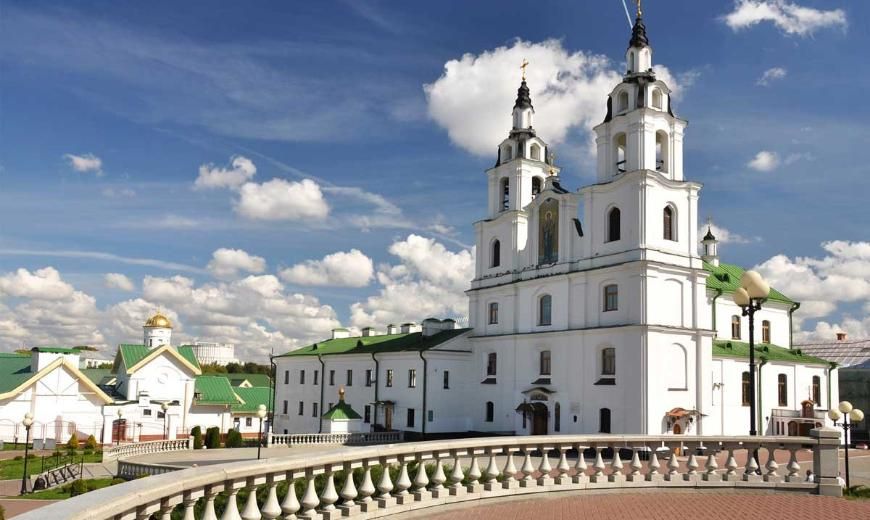
According to sociological surveys, most recently conducted in 2010-2012, the share of Orthodox was 81-83%, of Catholics - 10-12%, representatives of other religions range from 1.5 to 6%. As we can see, the number of Orthodox people in the opinion poll exceeds their share in the religious infrastructure. The proportion of Catholics is more or less the same. At the same time, the Protestant sector is almost invisible in social surveys, although in total it covers nearly a third of all registered religious communities in Belarus. Therefore, we can conclude that Catholics are more conscientious believers, and their confessional identity reflects religious behavior. Orthodox people do not identify themselves by belonging to the BOC, but rather indicate a cultural aspect, belonging to the East Slavic group of Orthodox peoples. A kind of "Cultural Orthodoxy" inherent in the post-Soviet space. The phenomenon of the "Orthodox atheist" is also widespread in Belarus. It refers to a person who does not believe in God, but identifies himself as Orthodox, precisely to attest to belonging to the Eastern Slavs (the group of countries Ukraine-Russia-Belarus).
In addition to religious diversity, there are also trends towards regional peculiarities. For example, the number of religious infrastructure in the Eastern Mogilyov and Gomel regions is lower than the Western ones – Brest and Grodno. This situation is similar to the one in Ukraine, where the industrial East is much more secular than the agricultural West. Besides, Belarus itself is a very urbanized country, which also partly explains the lower level of religiosity. The Western part of modern Belarus, which is Grodno, most of the Brest, North of Minsk and West of Vitebsk regions, was part of the second Polish-Lithuanian Commonwealth before WWII. Those aspects above also affected the religious composition of the population and the number of parishes.
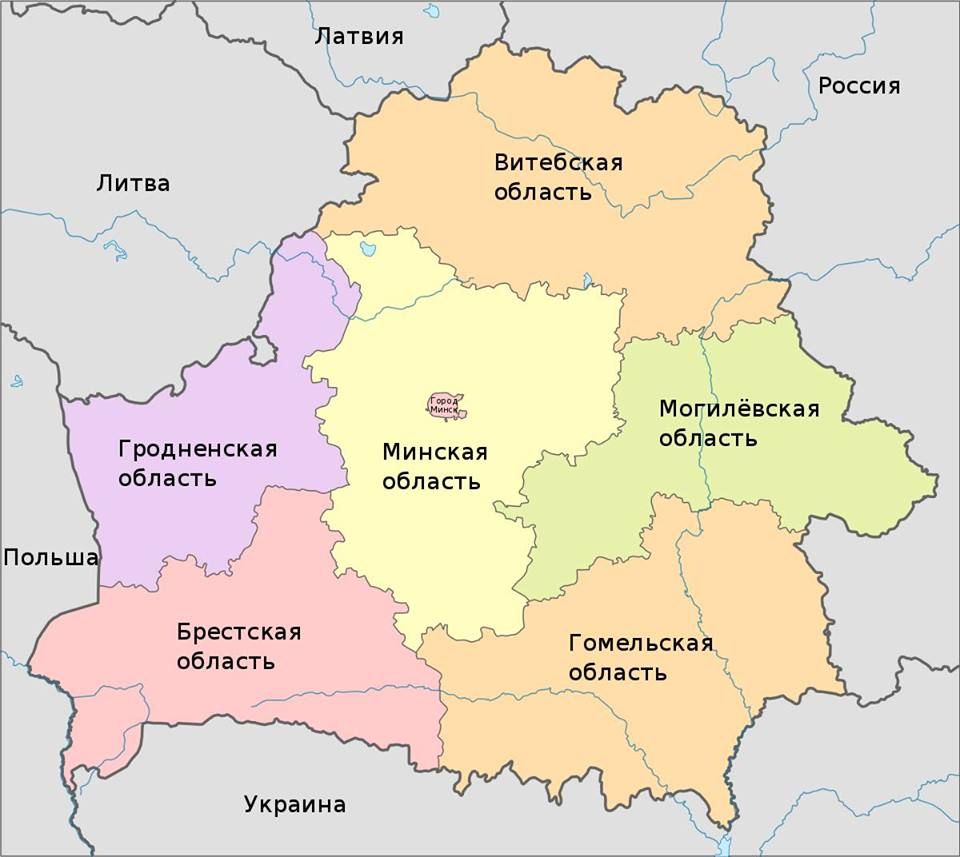
Hence, the Orthodox dominate in all areas. They have the most significant shares of parishes in the Brest (375), Minsk (346) and Vitebsk (272) regions, and lesser shares in the East, in the Mogilev region -127. The base region for Roman Catholics is the Grodno region. They have 174 parishes there, which is only 20 less than the Orthodox ones (194). Significantly weaker positions are held by the Minsk (96) and Vitebsk (93) regions and a meager presence in the Gomel (17) and Mogilev (23) regions. Protestants (Baptists and Pentecostals) have two the main regions they are based in – Brest and Minsk regions. In total, they have 254 and 185 communities there, respectively. In other regions, they are more or less evenly distributed, their share there is 10-15% in the Grodno and Vitebsk regions and 25-30% in the more secular Gomel and Mogilev regions.
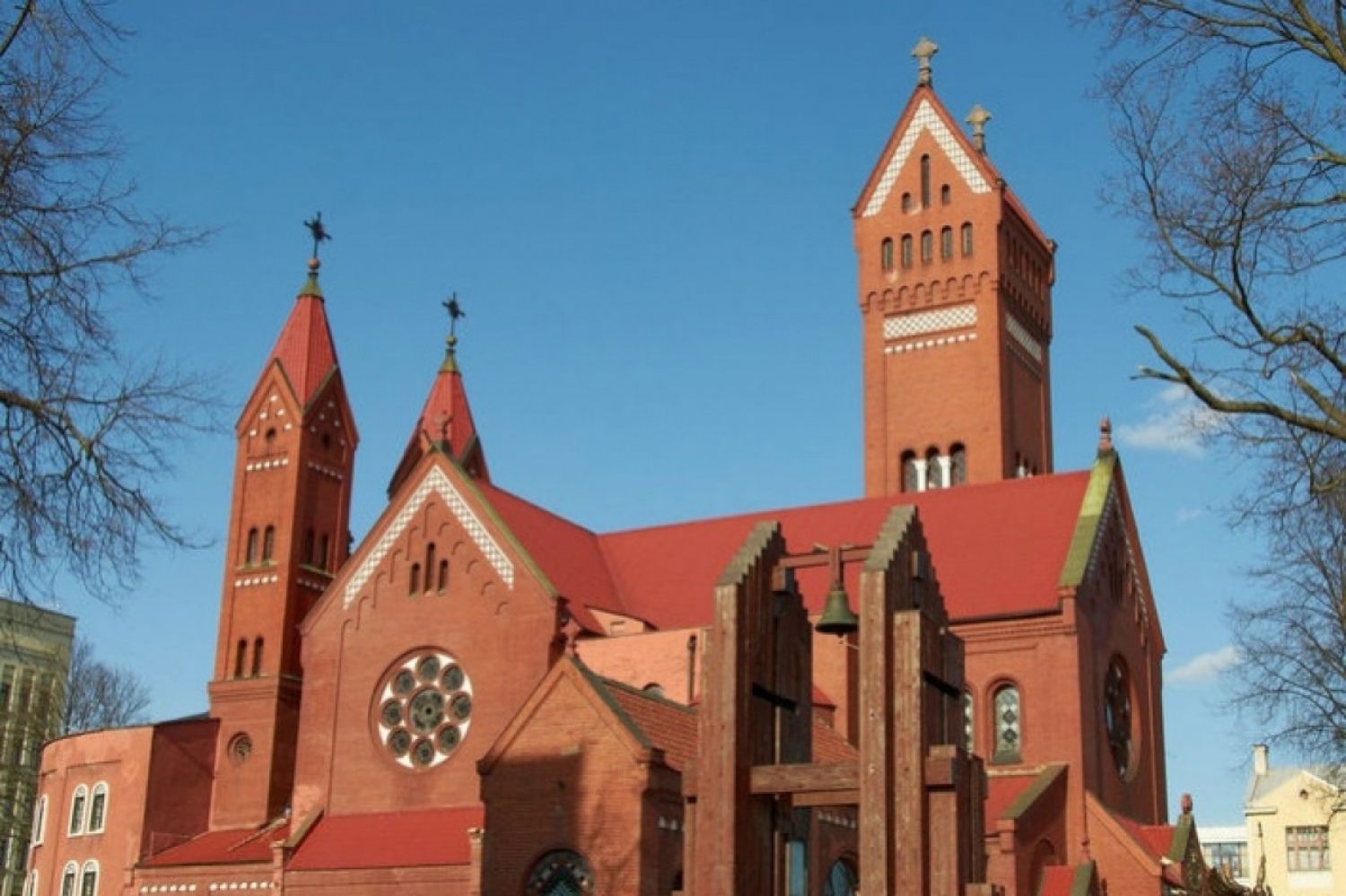
Belarusian Churches
The largest religious group in Belarus is the Orthodox. Historically, Eastern Christianity came to Belarus through Kyivan Rus. Turov-Pinsk and Polotsk principalities were ecclesiastically subordinated to the Kyiv Metropolia. After the Mongol-Tatar invasion and the political decline of Kyiv, the hierarchs moved to Vladimir on Klyazma, and then to Moscow. At this time, the political borders, and subsequently, the Church borders, were constantly shifting in the lands of Kyivan Rus. From the beginning of the XIV to the second half of the XV century, the metropolitans who lived in Moscow bore the title of Kyivan and all Russia". In parallel with this, from the beginning to the end of the XIV century, there was the Galician Metropolia, which was located on the territory of the Polish-Lithuanian Commonwealth. Meanwhile, the leadership of the Grand Duchy of Lithuania (GDL) achieved in the same XIV century the creation of the separate Lithuanian Metropolia with the center in Novogrudok. The ecclesial structures sometimes merged and later divided, then candidates for the throne of one metropolia became leaders of another, and so on.
This uproar continued until the middle of the XV century when the Church in the Moscow Principality deviated from Universal Orthodoxy in a split. Then they unilaterally started an independent ecclesial life. The Russian historical science conventionally believes it to be 1448 – the beginning of the Russian autocephaly. Ten years later, the Patriarch of Constantinople reorganized the ecclesiastical structures of the GDL, and its Metropolitan received the title of Kyivan, Galician and all Russia." The ecclesiastical See of this metropolia was located in Kyiv, but from time to time it was moved to Novogrudok or Vilnius. Soon in 1461, the title of Metropolitan of Moscow was changed to "Metropolitan of Moscow and all Rus". In 1686, the Kyiv Metropolia was attached to the Moscow Patriarchate (this act was repealed in 2018). Thus, the Belarusian Orthodox Church became a part of the ROC.
In 1596, a significant part of the Belarusian Orthodox accepted the Union. About 40% of the total population of the Grand Duchy of Lithuania were Greek Catholics, and in the territory of modern Belarus, its share reached 75% of the population. The entities of the Uniate Church here existed almost until the middle of the XIX century, before the so-called "Polotsk Council", when in 1839, with the help of the tsarist government, Greek Catholics were forcibly converted to Orthodoxy. Their accession to the Russian Church caused resistance, and therefore a significant part of Belarusians went to the Roman Catholics, just not to be part of the ROC. For example, all the Greek Catholics forcibly converted to Orthodoxy in the Sopotskinsky district of Grodno region were further converted to Roman Catholics. After the WWI and the accession of Western Belarus to Poland, the situation of Greek Catholics improved, but they still did not make up the number of believers in the past. Subsequently, they were banned due to the liquidation of the UGCC in 1946, and in the 90s they came out of underground. However, now their number is minimal - about 10 thousand believers and about 15 parishes.
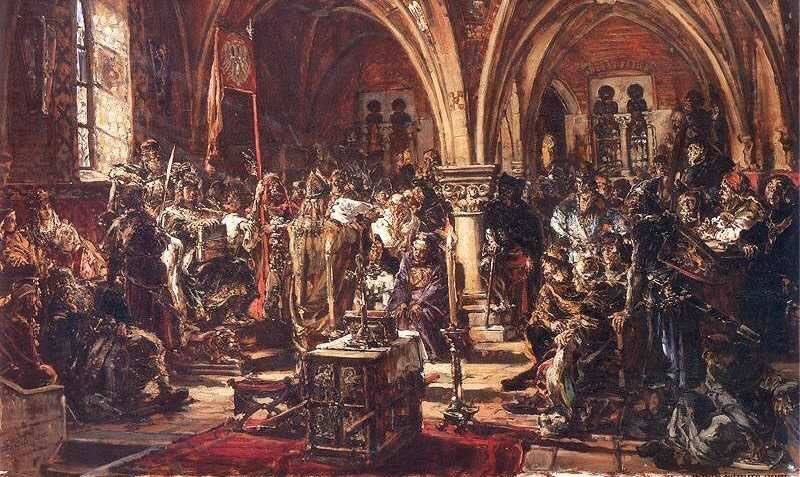
The Catholic Church is traditional for Belarus. Western missionaries visited the lands of modern Belarus at the border of the first and second millennia. However, Catholicism began to develop actively on these lands only from the end of the XIV century, after the conclusion of the Union of Krewo between the Crown of Poland and the GDL. In the XVIII century, Roman Catholics accounted for up to 40% of the population of the GDL. Currently, Roman Catholics of Belarus inhabit all regions of the country, but the majority of them (60%) are residents of the Grodno region.
The first Protestant Congregations on the territory of Belarus appeared in the XVI century, facilitated by the proximity of the GDL to Lutheran Prussia. The local nobility was attracted by the idea of the absence of sacred power and decentralization. However, the teachings of Jean Calvin gained more support here. One of the most famous then-Calvinist guides in the GDL was Magnate Prince Mikołaj Radziwill, whose land properties were both in Volyn and Belarus. At that point, active construction of Protestant churches, schools and gymnasiums began. But at the end of the century, the Catholic Counter-Reformation begins, and the Protestant movement gradually faded away.
The second wave emerged at the end of the XIX century in Polesie. Local residents, as well as the Ukrainians of Volyn, received Evangelical Christianity from the German colonists. Thus, the first Stundist communities appeared. However, the most significant development of Protestantism among Belarusians was caused by world war. To be more precise, it happened due to the contact between Germans and the local population, as well as the stay of Belarusians in captivity in Protestant Germany.
Response to protests
After getting acquainted with the religious landscape of Belarus, you can move on to the situation with protests. Belarusian Catholics have adopted the most active and entirely consistent position. A week before the election, they announced the campaign "A Catholic never frames up" In the context of these elections, it is clear that this slogan is directed against Lukashenko. After the election, when the first clashes took place, the society was addressed by the Chairman of the Conference of Catholic Bishops of Belarus, Archbishop-Metropolitan Tadeusz Kondrusiewicz. In particular, he called for negotiations and said: "Let your hands, created for peaceful labor and fraternal greetings, not raise weapons or stones."
Bishop of Vitebsk, Oleg Butkevich spoke much more openly. He said: "These regular elections caused a crisis in our society, which led to an aggravation of the election campaign and yet to an incorrect vote count... Systems based on blood have never been strong in history, and justice has always returned what had been done to those who violated all human (not to mention God's) norms!" Also, Catholic priests in the city of Zhodino took to the streets along with the protesters.
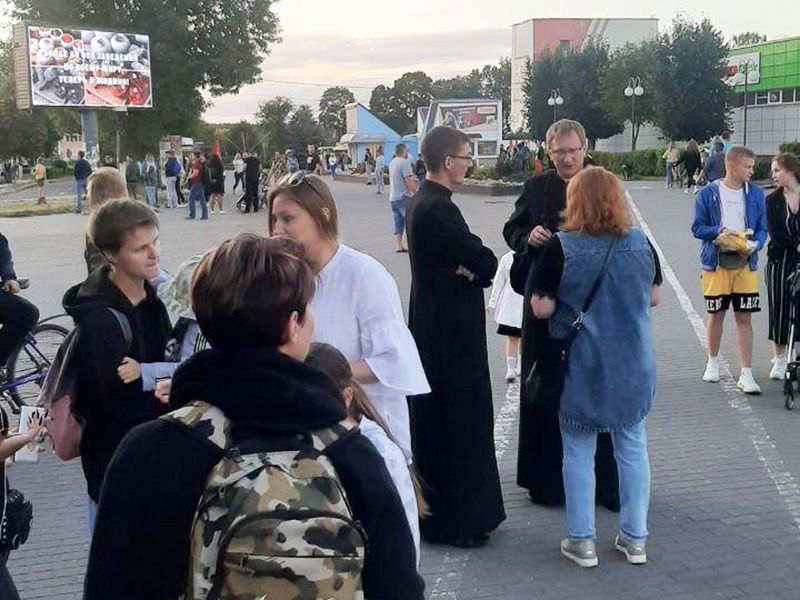
The position of the Orthodox Church was different. Patriarch Kirill of Moscow and Metropolitan Pavel, head of the BOC MP, "cordially congratulated" Lukashenka on his election victory on August 10. After a surge of outcry on the part of the Orthodox, Metropolitan Pavel gathered a press conference. However, during this conference, he did not say anything to the point of understanding his position. Ambiguous phrases can be interpreted as a desire to please somewhat the protesters, as well as not to spoil relations with the authorities.
Orthodox Belarusians were outraged by this behavior of their Church leadership. Part of the clergy and faithful, as well as Catholics, made an initiative group against fraud. The priest that was providing pastoral guidance to riot police appealed to them not to fulfil criminal orders.
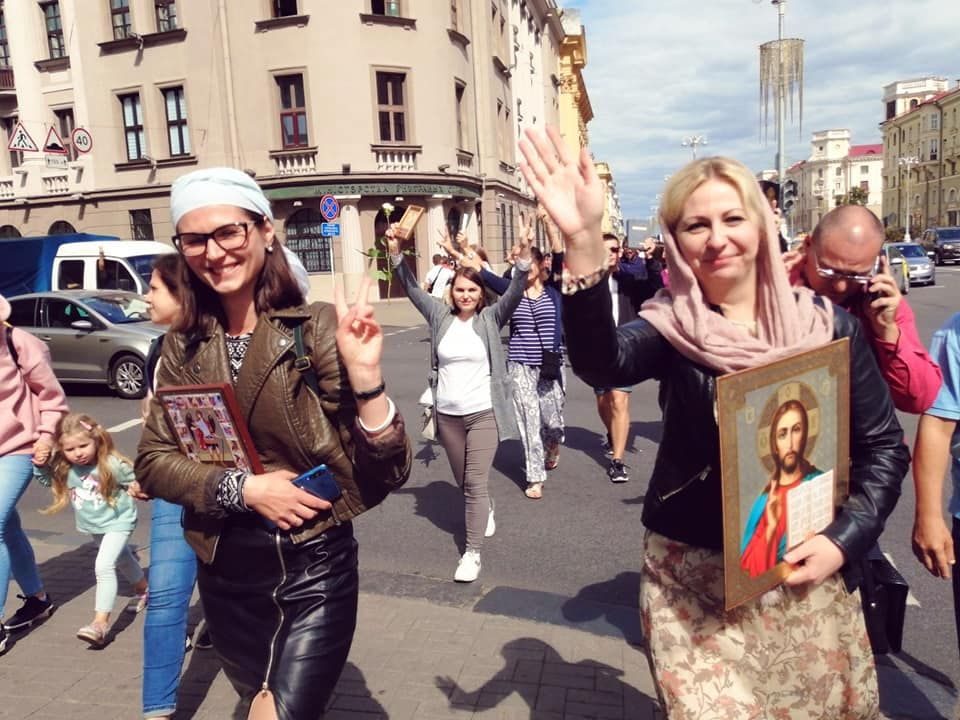
On August 13, the first multi-confessional procession was held. Orthodox, Catholics and Protestants attended. The first two groups carried icons, and the last two carried Bibles.
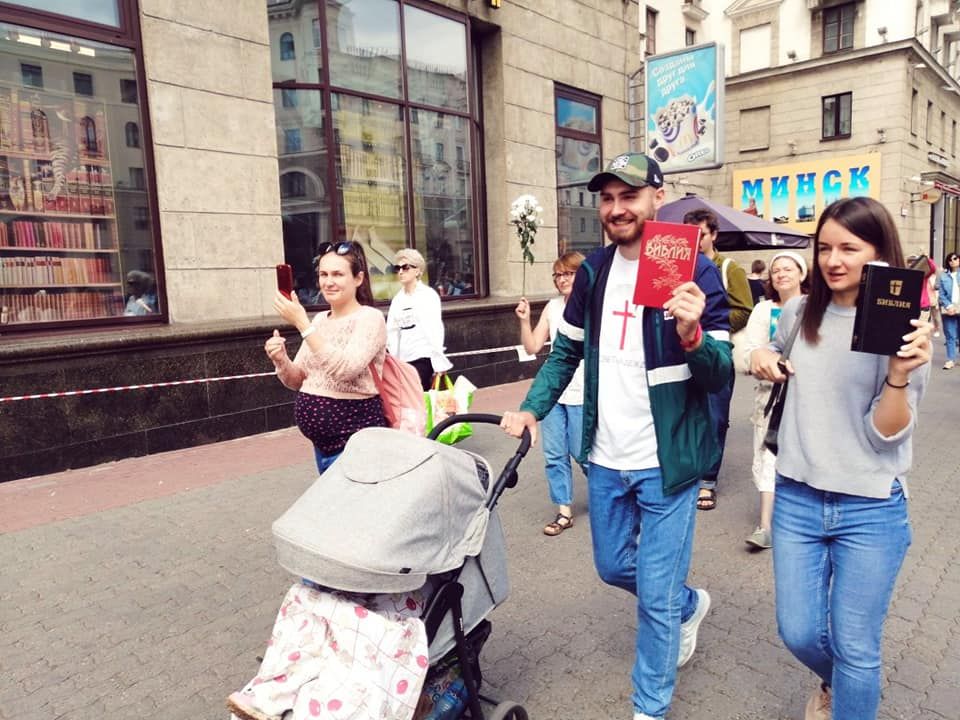
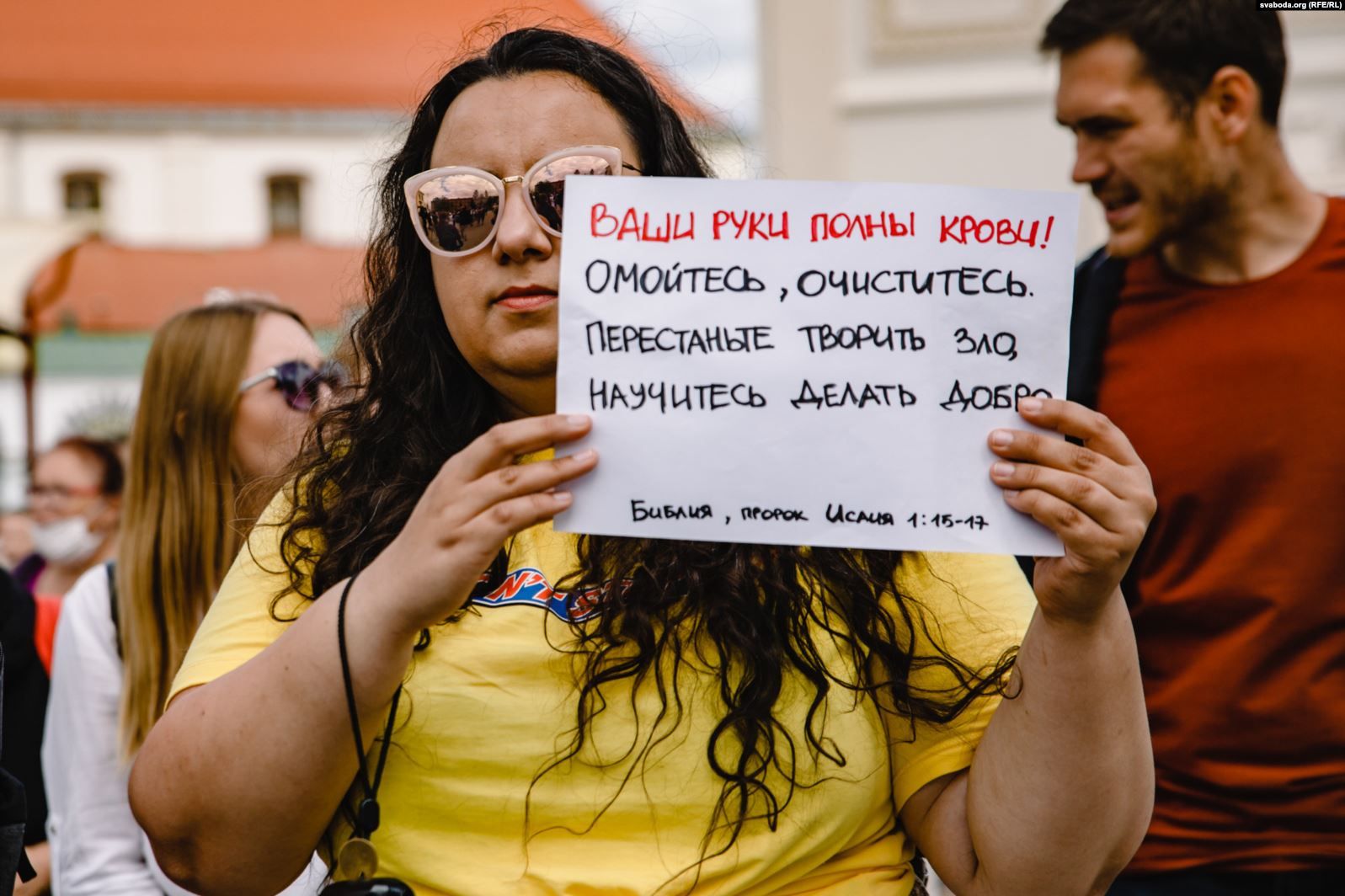
The BOC MP publicly disavowed the procession, causing outrage of its faithful, who wrote an open letter to Metropolitan Pavel. The next day, he joined them, and also called on the authorities to do everything possible to stop the bloodshed. Although he added "at the same time, I urge our citizens not to aggravate [the situation - DH]", I wonder who did a Russian citizen, Georgy Vasilyevich Ponomarev, aka Metropolitan Pavel of Minsk, call "our citizens"?
Just before the release of the material, it was reported that the head of the BOC, Metropolitan Pavel (Ponomarev), apologized for prematurely greeting Alexander Lukashenka with victory in the presidential election of Belarus. Press Secretary of the BOC Fr Sergei Lepin said that the Hierarch had seen video recordings of the detentions, which "outraged and upset" him.
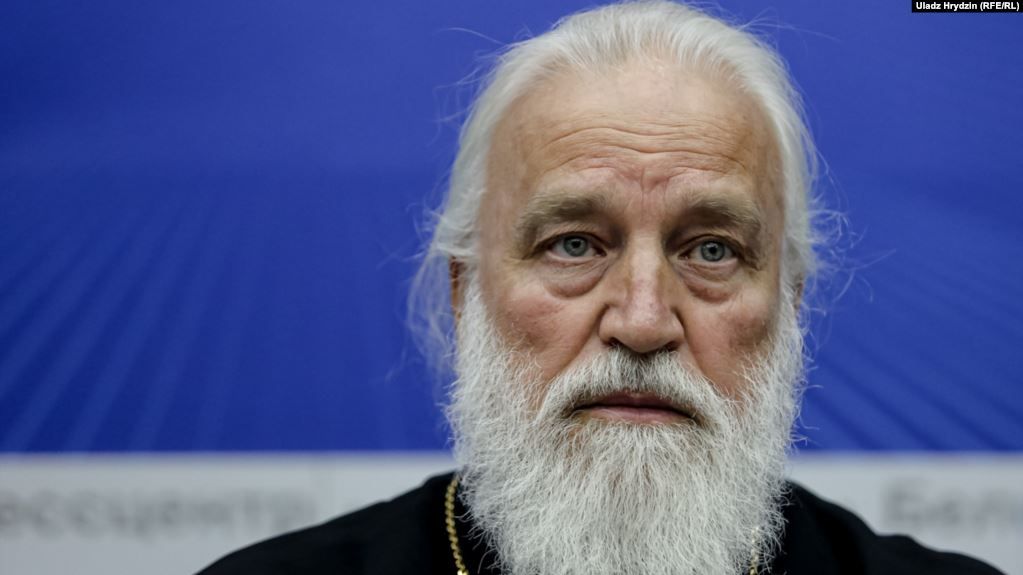
Outside Perspective
The confessional situation in Belarus is somewhat similar to Ukraine. Secularized East, more religious West. They have their own Galicia in the form of the Grodno region, where the majority are Catholics. There are regions with a large proportion of Protestants. We were together in the Orthodox Metropolia of Kyiv and together accepted the Union of Brest. And the emergence of Stundists occurred in the Ukrainian-Belorussian border of Volyn and Polesia.
We have some differences, though. Such is the experience of democracy, a lively native language, a large proportion of those who do not miss the Soviet Union, a socially active Greek Catholic Church, as well as influential Orthodox Churches. We have behind us two big revolutions and a lot of smaller ‘maidans’, and we also, unfortunately, have the annexation of territories and a war with a neighboring nuclear power.
Belarusians are only at the beginning of their long and thorny path. What is happening now in the religious sphere is reminiscent of "The Winter That Changed Us". As Archimandrite Cyril (Hovorun) aptly notes: Belarusians have outgrown their own Churches. That is why they get angry when the hierarchs do not meet their expectations, but they are pleased when they receive support. Hence, they organize interfaith solidarity processions from below, without waiting for a blessing from above. They are still trying to save the face of the Moscow Patriarchate. However, we in Ukraine know it to be a pointless business. They are only at the beginning and have to go their own way. They are to learn it the hard way.
P.S. Watching the protests in Belarus, Ukrainians often compare them to the Revolution of Dignity. Such a comparison is natural for it is our last large-scale protest, the pain and injuries of which yet linger. The annexation of Crimea and the war in Donbas did not allow us to analyze our revolution calmly. We didn't have time for reflection and analysis. That is why we discuss the situation so vividly with our neighbors. The fact is that we did not fully survive our own revolution, did not think it through, did not speak out banally. We reached the climax of the story and then opened another tab in the browser, more urgent. And the previous one was left open, unexplored, with the hope of returning to it when there was enough free time. However, it will never happen again. That is why we are so worried about Belarusians, so we try to tell them what to do and how to do it correctly. Thus, we remember a tab that we haven't read yet, and we entertain the illusion that we're going to get back to it.







